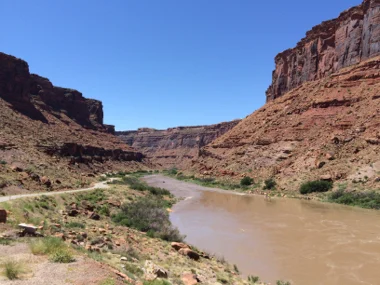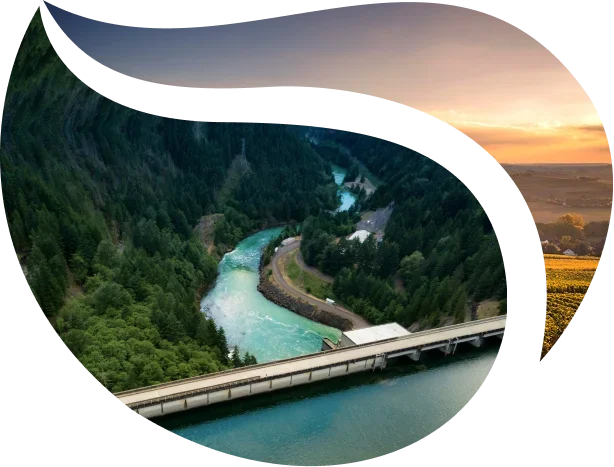
Water is scarce throughout much of the western United States. West of the 100th meridian, average annual rainfall is less than 20 inches. Regardless, population in western states has increased rapidly and agricultural production is significant in some areas. From 2000 to 2010, the population of the West grew by 13.8%, or 8.7 million people. California’s $2.2 trillion economy is the seventh largest in the world; population in this state increased from 15.7 million people in 1960 to 38.8 million today. California agriculture generates roughly $37.5 billion annually, more than any other state.
The population growth and shaping of the West during the later half of the 20th century occurred during an anomalously wet period in the region’s history. Analysis of tree rings indicates that western states have experienced many droughts lasting two decades or longer, including two megadroughts that lasted over a century.
According to the U.S. Drought Monitor, 11 of the past 14 years have seen drought in much of the American West, from California to Texas and Oklahoma. The past four years in particular have seen extreme drought in this region with no relief in sight. Sierra Nevada snowpack, critical to California’s water supply, is at historic lows – just 6% of the long-term average. The water level in Lake Mead dropped 4 feet from May to June 2015; at 1,075 feet and 37% full, the Lake has not seen these levels since it was created in the 1930s. Finally, between 2004 and 2013, the amount of groundwater within the Colorado River Basin decreased by approximately 49 cubic kilometers, representing 75% of the total water lost for this time period.
In the American West, water is allocated based on a system of prior appropriation. In this system, water-right holders have access to the resource based on seniority, not the quantity used or for what purpose. Cities account for approximately 20% of total water withdrawals; agriculture consumes the remaining 80%. Strategies for coping with drought – including irrigation and water conservation – have a long history in this region. However, it will be a challenge to adapt these strategies and apply them to the severe droughts projected for the future.
RNRF congress delegates assessed the challenges of managing scarce water resources within the economic and regulatory framework of the western states. The congress featured discussion of methods and opportunities to sustain water resources including water transfers, land-use policy tools, and future scenario planning. The importance of conserving water for forests, wildlife and ecosystems were addressed as well.
